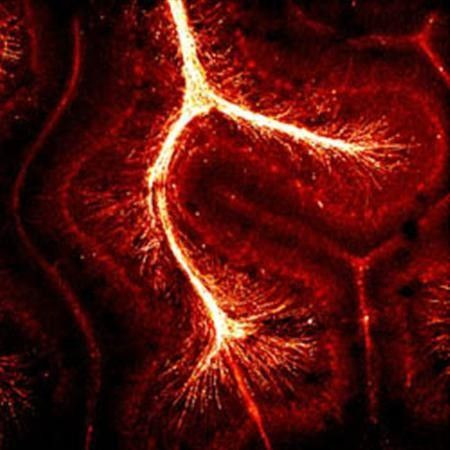Study Reveals Brain Activities Related To Positive And Negative Perception

Brain circuit mechanisms that can explain how positive and negative perceptions occur have been discovered by neuroscientists. The two brain activities found by experts showed the opposing events that happen following fear and reward-anticipation.
The researchers used advanced optical-gentical devices that can specify the brain activities in mice after a given situation. The study was funded by the National Institutes of Health.
"This study exemplifies the power of new molecular tools that can push and pull on the same circuit to see what drives behaviour," said Thomas R. Insel, M.D., director of NIH's National Institute of Mental Health, or NIMH. "Improved understanding of how such emotional memory works holds promise for solving mysteries of brain circuit disorders in which these mechanisms are disrupted."
Both fear and reward learning were noted in the same regions of the brain. The scientists became perplexed with this previous finding implicating the ambiguous involvement of these two circuit mechanisms in only one area of the brain. They then delved into what might be possibly occurring through a research. They focused on the nucleus accumbens, which controls the reward perception, and the centromedial amygdala, which is the output centre of emotions.
NIMH grantee Kay Tye, Ph.D., Praneeth Namburi and Anna Beyeler, Ph.D., of the Massachusetts Institute of Technology, or MIT, Cambridge MA, and colleagues conducted the research by utilising fluorescent bead tracers to classify the neurons that belong to the two circuits. They then measured the response of the mice after a reward learning or a fear perception.
The findings, which were published in the journal Nature, revealed that the circuit connectivity to the reward centre dropped after fear exposure and increased after a reward learning. Conversely, connections increased in the fear centre after fear learning and decreased after a reward tone. These results may suggest how positive and negative emotional links may control each other, Tye said.
The researchers further investigated on the implications of the experiment to behaviour. They used genetically engineered light-sensitive animals to find out the effects of stimulating the reward centre and fear centre to positive and negative behaviours.
They found that stimulating the fear centre resulted in negative reinforcement, whilst activating the reward centre promoted positive reinforcement. Electrophysiological, anatomic and genetic factors were also taken into account. "Given that many mental health problems, including anxiety, addiction and depression may arise from perturbations in emotional processing, these findings could help to pave the way to a circuit-based approach to treating mental illness," Tye closed.
To contact the writer, email rinadoctor00@gmail.com.





















